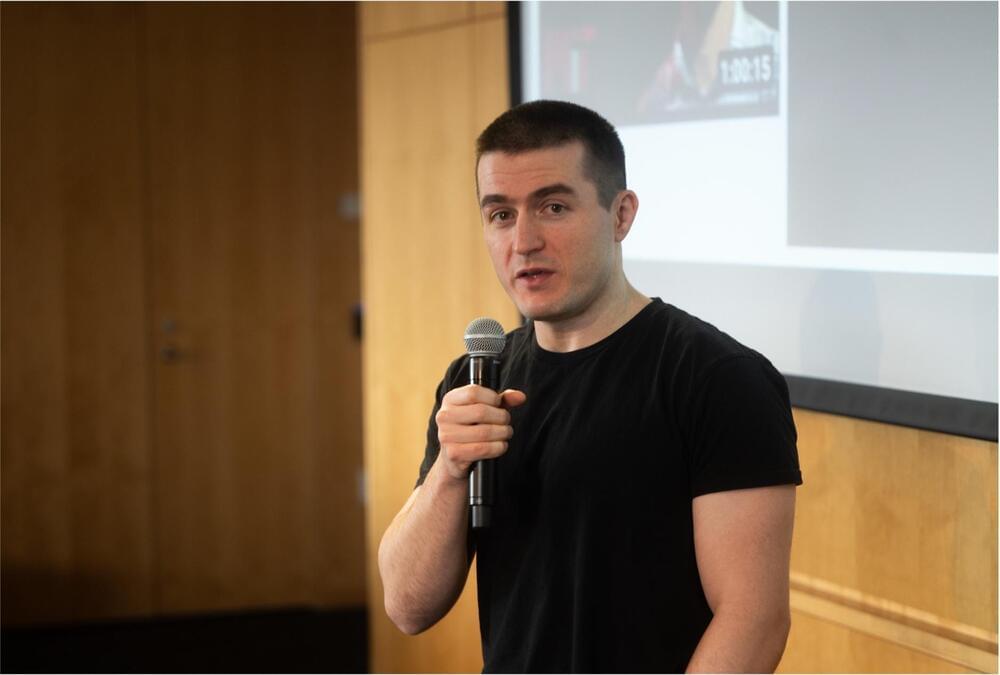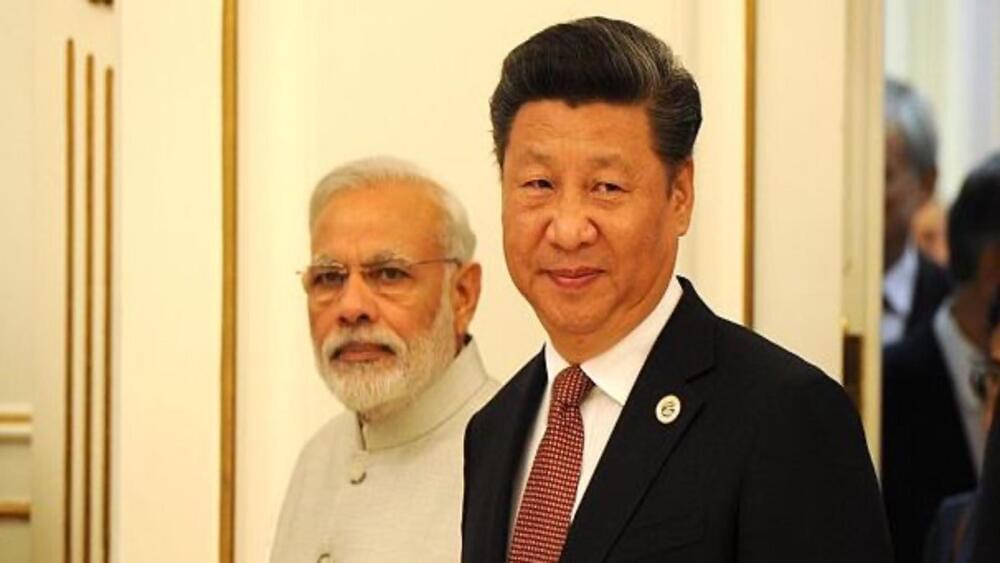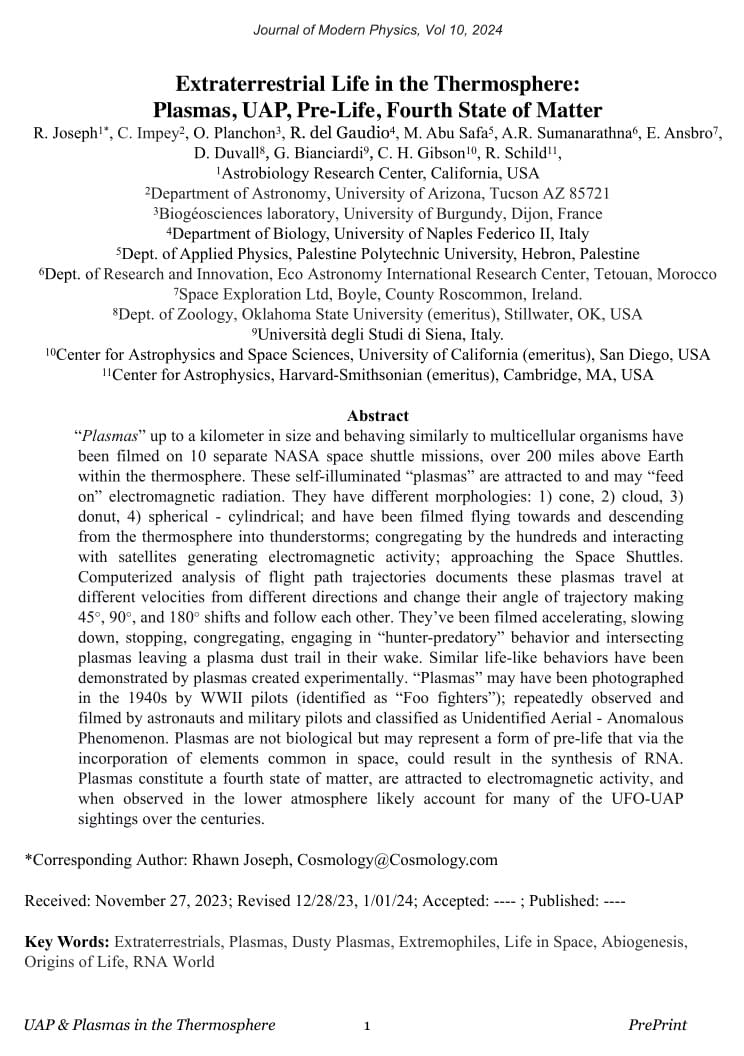NB Whilst claims of logical possibility intended to support reality claims (such as Swinburne’s proposal of disembodied existence) become subject to constraints of reality, those not intended to support any reality claim need not be subject to such constraints.
Selected Resources (see also part 1):
Churchland, P — Brain-Wise: Studies in Neurophilosophy (2002)
Swinburne, R — Evolution of the soul (1986)
Swinburne, R — Interview with Science and Religion News (2006)
Valentine, E — Conceptual Issues in Psychology (1992)
Velmans, M — Understanding Consciousness (2000)








